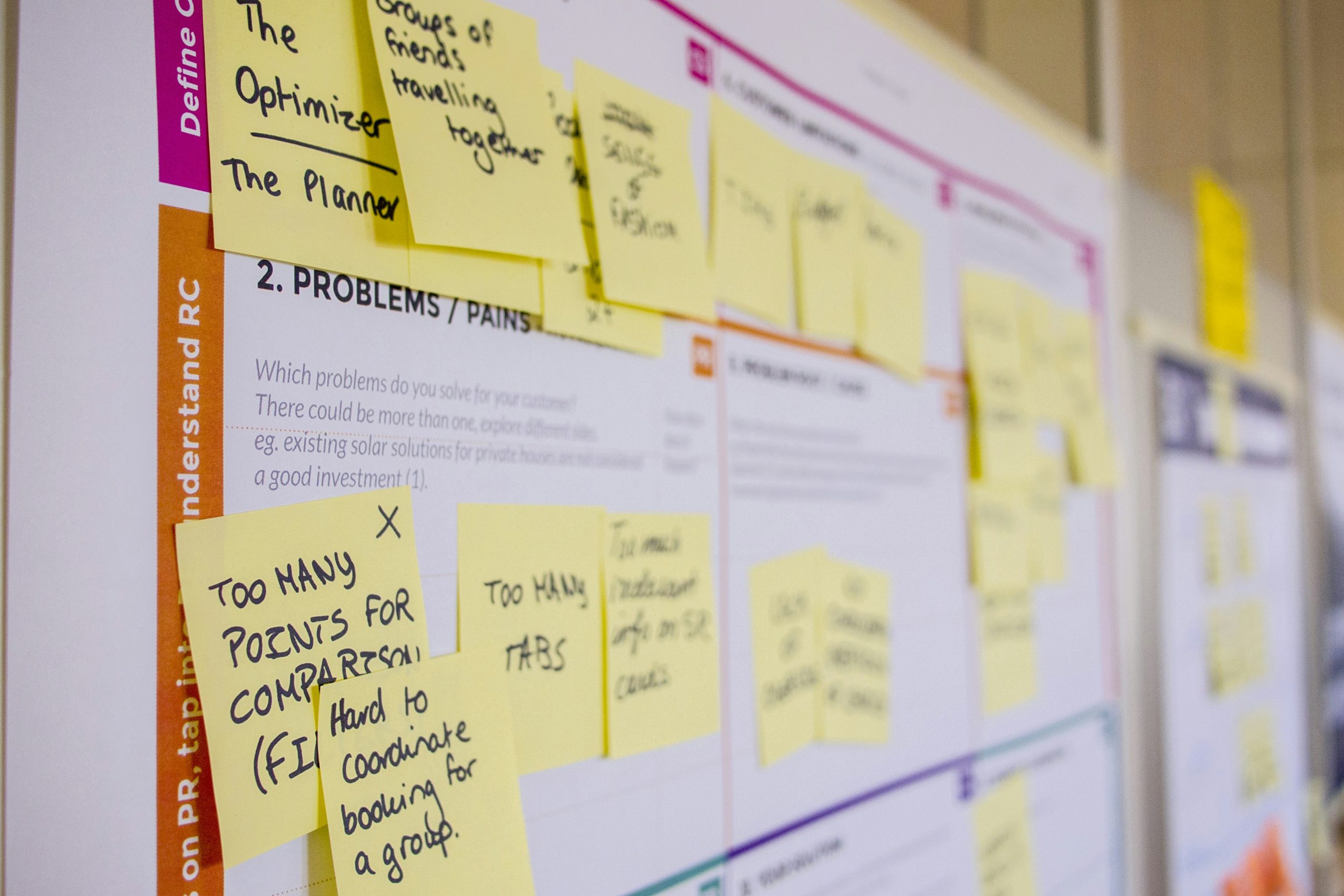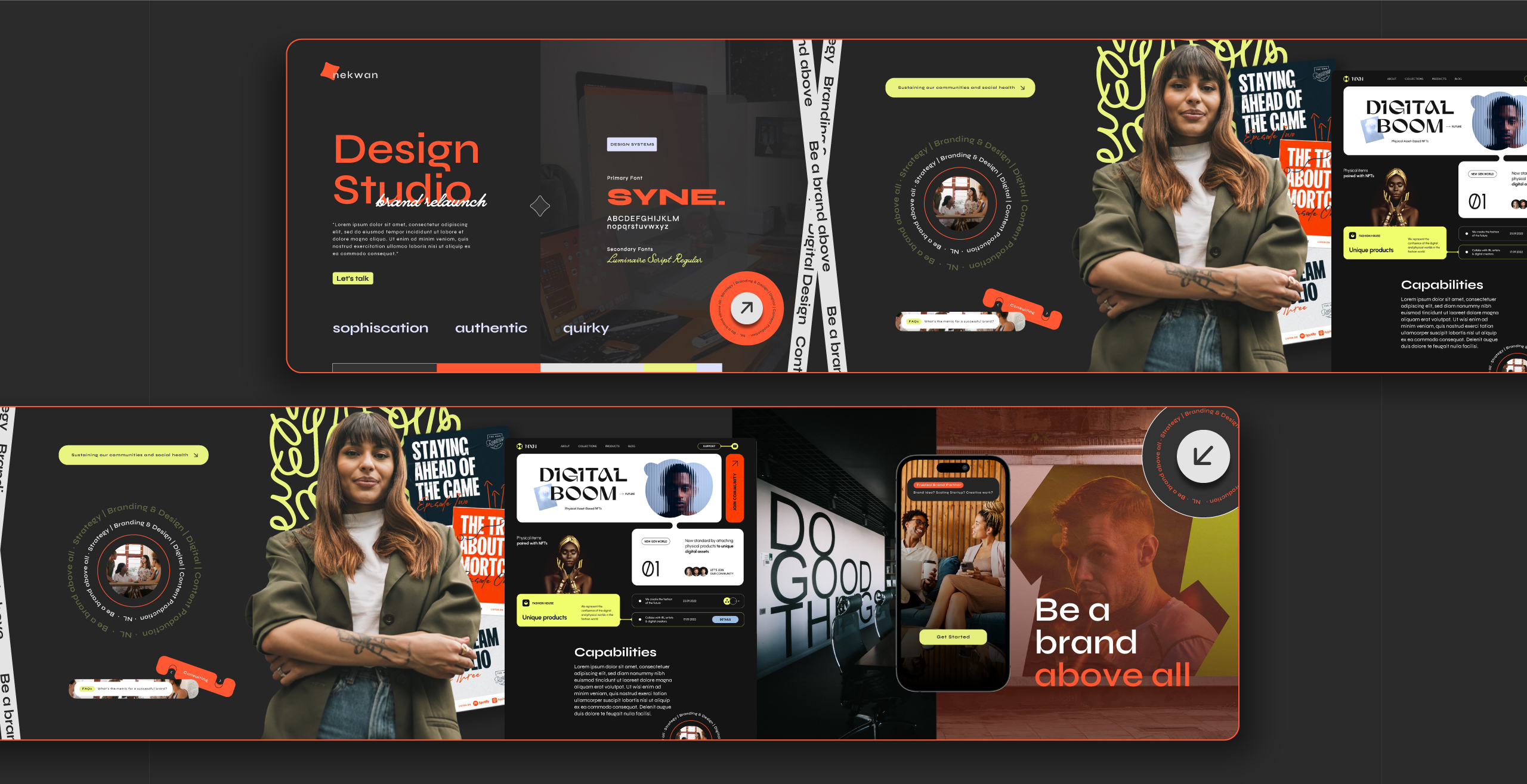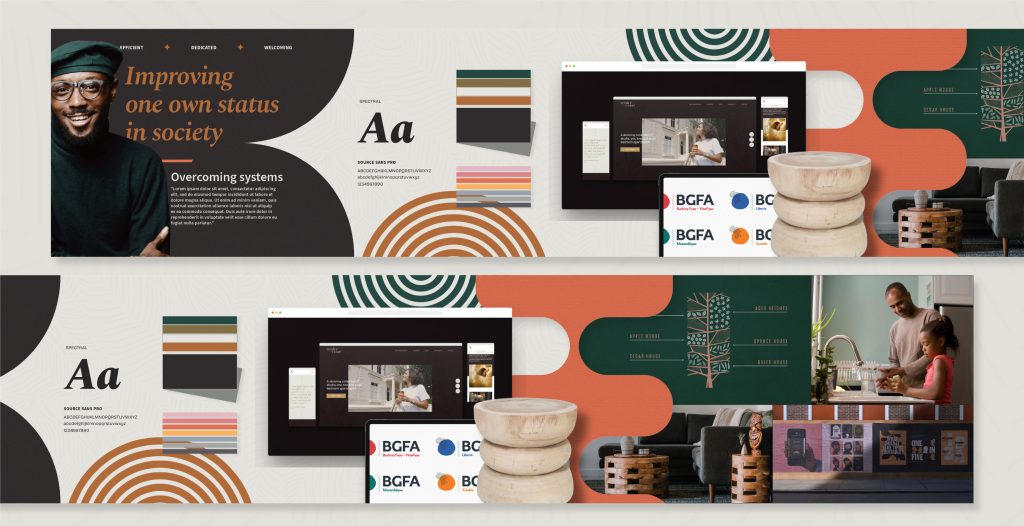Brand Success Starts With
These Stages of Exploration
Welcome, fellow trailblazers! If you’re here, it means you’re ready to take the next big step in elevating your business. Running a company is no small feat—from juggling day-to-day operations to staying competitive in an ever-changing market. With social media bombarding consumers with new brands daily, standing out is a challenge. But here’s the kicker: many business owners overlook the power of branding.
Branding isn’t just about having a logo or picking the right colors. It’s about creating an experience, a story that connects people to your business on a deeper level. Yet, it’s often set aside for reasons like:
Yet, it’s often set aside for reasons like:
-
- Prioritizing immediate sales over long-term brand impact
- Financial limitations
- Industry norms that downplay branding
- Rapid Growth Challenges
- A product-first mentality
Sound familiar? Let’s break those barriers and dive into how branding can be your company’s ultimate superpower.
How do you connect the brand – the bridge – to bring people to the company?
In a world of brands, how can you ensure that your brand stands out and that it can craft a unique experience to gain consumer attention?
Simple. The answer lies in the words spoken about your brand.
Storytelling.
Critical questions – what you sell, to whom, and why they should care – curate a narrative that ideally resonates deeply with consumers. Your brand is a story you should desire other people to share about how they think of your company and what it is like to work with it. Your brand identity is formed through dialogue and design, a continuous exchange of values and expectations between a company, its products, and its customers.

Essentially, branding is the symphony of visual, verbal, and experiential.
So, who is better to guide you on this journey than your brand ally? Moi?
Not only am I a Brand Consultant (Brand Strategist + Designer), but also an organization geek who knows the importance of having processes in place. With unconventional experience and a unique conceptual-driven approach to branding, there are valuable lessons to be taught to achieve brand success and gain control over how your business is perceived.
And don’t worry! Because I am sharing with you my creative process step by step so that when collaboration positions itself, you will start to understand how to invest in a creative process with confidence, commitment, and clarity.
Oh Yeah! One More Thing…
Before we go into details, we know there is more than one way to build a brand. There is no secret Krabby Patty formula or a revolutionized workshop question that gives an instant extraordinary identity. Everyone has their own ways of doing excellent work.
That said, in the process, costs, time, effort, direction, responsibility, expectations, communication, and participation are defined and controlled with goals in mind. Without a good process, creativity goes to shit and loses enormous value.
However, when we harness creativity into a predictable and linear set of stages, we vastly improve the opportunity for a successful outcome in a reasonable time frame. Throughout all stages, the design work is evaluated consistently against the parameters and goals we set out for that particular project to ensure that it is in alignment and has long-term value. Often, the phases the clients go through overlap, and sometimes, the order changes, but this never alters the need to go through a design process overall.
So, get ready to be involved in a collaborative and committed journey to standing with your brand with confidence and clarity.
I promise you this time that curiosity will not kill the cat. Instead, it will strengthen the cat into a lion.
Cheesy, ain’t it? Here is my creative process.
Step 1. The Discovery Dive
Every great collaboration starts with understanding, long before creativity occurs. Before any design work begins, clients are onboard through a comprehensive questionnaire. This helps align our goals and lays the groundwork for a successful partnership.
What the questionnaire covers:
-
- Contact information and team roles.
- A deep dive into your products, services, and target audience.
- Competitor analysis.
- Metrics for success.
- Clarity on objectives and budget.
This isn’t just paperwork; it’s the foundation of a brand that resonates.
Step 2. The Human Connection
Next comes the consultation–a genuine conversation where we exchange ideas, define goals, and build trust. Think of it as the first dance in a long-term partnership. By the end of this meeting, you’ll feel confident about the direction we’re heading.
What happens in a consultation:
-
- Connect on a personal level, learning about your values, vision, and mission.
- Review and expand on the insights from the questionnaire to refine goals.
- Brainstorm potential directions and innovative solutions tailored to your brand.
- Clarify expectations, timelines, and deliverables to ensure alignment.
- Summarize key takeaways, outline the next steps, and answer any lingering questions.
This step ensures that we’re fully aligned before diving into the creative work.
Step 3. Mapping the Journey
Once convinced of our partnership and we understand the gist of the problem, we arrive at a fork to determine the needs and budget of the clients. The proposal contains the project scope, projected timeline, estimated costs, and deliverables.
Typically, the proposal also highlights the need to complete a brand audit or strategy workshop – sometimes both – depending on the specific circumstances and the current state of the brand. A brand audit and a strategy workshop are distinct roadmaps in the creative process, each serving different purposes.
A brand audit is a diagnostic tool that assesses the current state of a brand, while a brand strategy workshop is a proactive, collaborative session that defines the strategic elements guiding the creative future direction. Both are crucial steps in developing a robust and effective brand.
An audit should be done every year since a brand continues to mature. A strategy workshop is typically done when a misalignment occurs within the marketplace, a merger or acquisition is set to happen, innovation or expansion with its products or service offerings, and so on. While an audit is more affordable than a strategy workshop, a strategy workshop typically includes revisions and guidelines to provide more confidence for brand development.
This stage often includes frequent back and forth. There are rare situations where an audit or a workshop is not necessary, and we confidently move forward to design after agreeing to the proposal and contract.
Step 4. The Moodboard on Steorids
Enter the stylescape—a visual roadmap that captures the essence of your brand’s personality. This step bridges the gap between abstract ideas and concrete visuals, ensuring alignment between your brand’s vision and its design direction.
What exactly is a stylescape? It’s not just a mood board; it’s an elevated concept that combines:
-
- Colors, typography, and imagery to set the tone.
- Tone of voice to guide messaging.
- Design elements and patterns to visualize your brand’s unique vibe.
Stylescapes are designed to keep you involved in the creative journey. They provide a tangible preview of how your brand will look and feel, making it easier to refine the direction early on. This step often involves:
-
- Curating visual elements that align with your target audience’s expectations.
- Presenting multiple variations to explore different creative directions.
- Iterating based on feedback to ensure the final concept truly resonates.
By the end of this stage, you’ll have a cohesive visual framework that reflects your brand’s personality and inspires confidence moving forward.
Few Examples of Stylescapes

Nekwan Luke Design Studio Stylescape
Step 5. Bringing it All Together
Once the stylescape is approved, we dive into the design phase—where ideas become tangible realities. Whether it’s crafting identity systems, extending the visual identity, or building a website, every detail matters.
Here’s how it comes together:
-
- Refining Concepts: Sketches and early ideas evolve into polished designs that communicate your brand’s message effectively.
- Testing in Real Scenarios: Logos, patterns, and visuals are applied to mockups like packaging, social media posts, and websites to ensure their effectiveness.
- Collaboration for Precision: Regular feedback loops keep the project aligned with your vision.
- Comprehensive Deliverables: From detailed style guides and refined assets to optional brand rollout plans, every element is packaged to set you up for success.
The result? A brand system that not only looks great but also feels authentic, cohesive, and ready to scale.
Trust: The Secret Ingredient
Great branding doesn’t happen by accident. It’s the result of thoughtful strategy, collaborative effort, and creative exploration. Trust is the glue that holds this process together. With open communication and a shared vision, we can create a brand that not only stands out but also stands the test of time.
Ready to transform your brand into something extraordinary? Let’s build something amazing together. And hey, while we’re at it, let’s make the process fun—because building your brand should feel just as exciting as the journey ahead.
Ready to trust the process?
Talk to us → click here.

